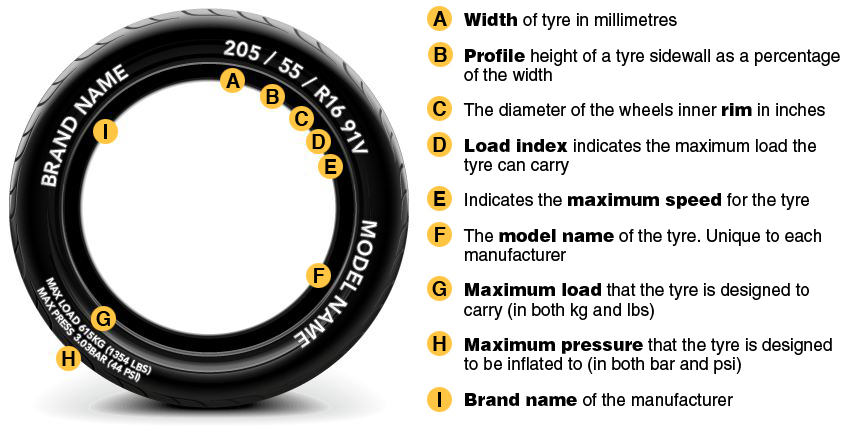Tires are like the unsung heroes of the automotive world. They keep us rolling down the road in style, absorbing all the bumps and potholes that come our way. They're like the cushy sneakers of the car world, cushioning our rides and making sure we get to where we need to go in comfort and safety.
But let's be real – tires can also be a real pain in the, well, you know. Punctures, blowouts, and sidewall damage – it's like they're just waiting for us to let our guard down before they strike! And don't even get me started on the price tag of a new set of tires.
Sure, a simple puncture can be fixed with a spare tire or a tire repair kit, but when it comes to tire sidewall damage, things can get a bit trickier. It's like trying to repair a broken bone with duct tape – it's just not going to hold up. So, what's a driver to do? Can you continue driving with tire sidewall damage?
Well, we're about to find out. So, buckle up, folks, because we're about to take a deep dive into the world of tire damage and see if we can't come out the other side with our wallets intact and our sanity (mostly) intact.
The tire sidewall is the vertical part of any tire, i.e., the area from the rim to the shoulders. It is a crucial part of any tire, as it protects the cord plies from damage, and they give any structural integrity. Damaged plies can significantly weaken the construction and lead to instability or blowouts.
But the sidewall itself also supports the tire – its stiffness of the sidewall is directly correlated to how the tire performs. For instance, performance tires are usually more rigid for higher responsiveness and stability, while touring tires have softer sidewalls for comfort.
So, yeah, tire sidewalls are a big deal and not easily fixable. It's like trying to fix a flat with bubble gum – it just won't hold up. Still, there are a few different tire sidewall damages, and not all are created equal. Let's have a closer look.
Let's have a closer look.
The sidewall can be damaged in various ways, but in any case, it's crucial to regularly inspect the tires to ensure a safe drive. Although drivers don't usually inspect their tires, you could at least ask your tire technician to do that for you. Here are all the different tire sidewall damages you should be concerned about.
Chipped rubber on the sidewall of the tire
One of the most common types of tire sidewall damage is chipped rubber. This type of damage usually occurs when the sidewall of the tire comes into contact with abrasive surfaces such as sharp rocks or curbs.
Chips can range in depth from a few millimeters up to a centimeter. In most cases, the cords or plies of the tire won't be exposed, but in some instances, the cords may protrude from the sidewall, especially if the sidewall has been punctured or cut.
Sidewall damage can have serious implications for the safety and performance of the tire. Chipped or cut sidewall rubber can weaken the tire's structure, leading to a potential blowout or a sudden loss of air pressure.
Chipped or cut sidewall rubber can weaken the tire's structure, leading to a potential blowout or a sudden loss of air pressure.
Tire Sidewall Cracks
Another common type of tire sidewall damage is cracking. Unlike chips or cuts, sidewall cracks can expose the inner plies of the tire, compromising its integrity. This type of damage usually occurs due to aging or low-quality tires. Cracks can form due to prolonged exposure to harsh environmental factors such as UV rays, extreme temperatures, and chemicals.
Sidewall cracks can lead to a sudden loss of air pressure, which can cause the tire to blow out while driving.
Bubbles on the sidewall of the tire
Sidewall bulges, also known as bubbles, are a common occurrence in older tires. This type of damage can also occur due to overloading or underinflating the tire. Although sidewall bulges may not look too dangerous, they signify a severe issue with the internal construction of the tire.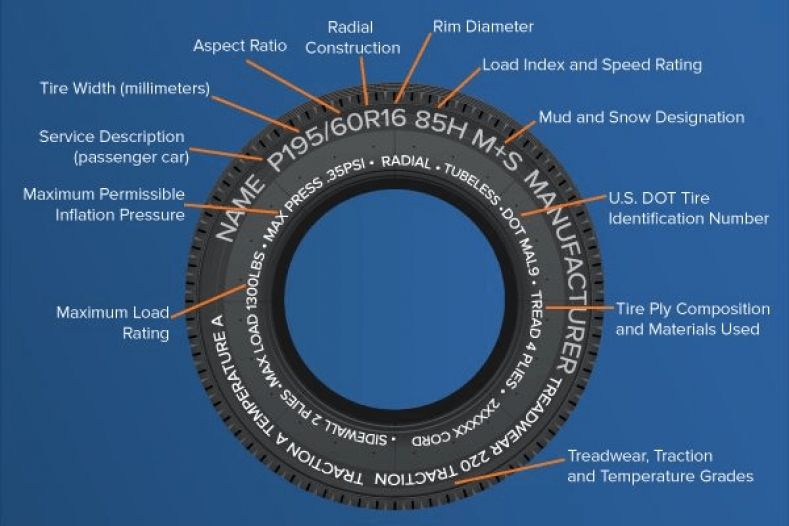 They occur when the inner cords or plies of the tire become damaged, leading to a weakness in the sidewall structure.
They occur when the inner cords or plies of the tire become damaged, leading to a weakness in the sidewall structure.
Sidewall bulges can compromise the tire's structural integrity, leading to a potential blowout or sudden loss of air pressure.
The most common reason for sidewall damage lately is cheap tires. Today's market is literally flooded with tires from dubious manufacturers (usually from China) that just emerged on the scene. You can notice that these brands offer unrealistically cheap tires – sometimes three times as cheap as a premium tire!
These companies don't produce the tires in state-of-the-art facilities, nor have good in-house quality control. Not to mention, they also don't spend resources on research and development and usually source parts from suppliers that also don't have good quality control.
As a result, manufacturing defects often happen in these tires and lead to sidewall cracks or bulges. These things can happen in some high-quality premium tires as well, but much less often. Hence, I strongly recommend purchasing tires from reputable manufacturers who actually care about the safety of their customers.
These things can happen in some high-quality premium tires as well, but much less often. Hence, I strongly recommend purchasing tires from reputable manufacturers who actually care about the safety of their customers.
Even if you don't drive your car regularly and there is tread left on your tire, the rubber can still go bad after a while. Tires have an expiration date, even if you don't use them at all.
Namely, due to changes in temperature, air humidity, the sun's UV rays, and multiple other external factors, the rubber compound can lose its elasticity over time and become brittle. As a result, the sidewall on old tires can start to crack and expose the internals, leading to potential blowouts.
Hitting a deep pothole or curb can damage the sidewalls of the tire
The most common tire sidewall damage on newer tires comes from hitting deep potholes, curbs, or sharper rocks. It could also happen if you drive fast over a speed bump, though that depends on how much it protrudes and how sharp it is.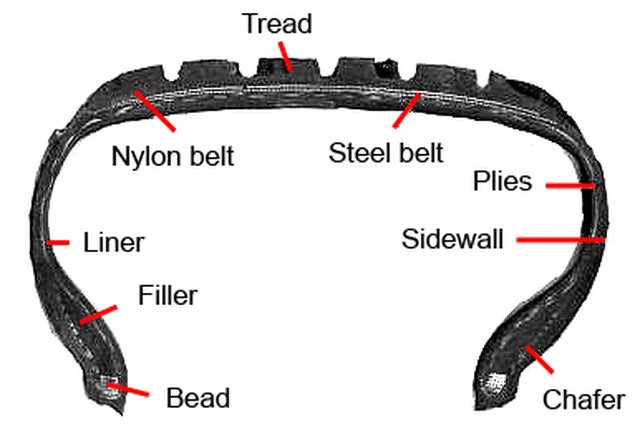
Running your tires at the recommended pressure will ensure optimal performance in terms of handling, comfort, and fuel efficiency. However, running them underinflated (or overinflated) will not only hinder your vehicle's performance but it could also lead to sidewall damage.
Keeping your tires underinflated might result in sidewall bulges, as you would put extra pressure on the inner cord plies. Remember – the air inside your tire carries most of the weight of the tire, and not having enough of it could result in various issues. However, too much air could also result in sidewall bubbles, so make sure you don't overdo it as well.
Every tire has a maximum load rating, i.e., the heaviest weight it's designed to carry. Putting too much weight in your trunk could overload the tires and lead to sidewall damage. However, it could also damage the suspension components, as your vehicle's maximum weight capacity usually coincides with the tire's load capacity.
It depends, but in most cases, a damaged tire sidewall can't be repaired. The problem is that some tire shops will tell you that the damage is repairable and try to fix it and make it look cosmetically sound. However, the issue might still persist, and driving with a damaged sidewall is a safety hazard.
In my experience, a chipped sidewall rubber that's just a few millimeters deep is repairable, but anything deeper than that is not. And the main issue here is that deeper cuts damage the inner cords, which can significantly weaken the tire's construction and lead to blowouts.
In case of sidewall bulges (bubbles), cracks, deep cuts, or punctures, I'd immediately replace the tire with a new one, even though the tire technician would suggest repairing it. Safety should be the number one priority when driving, not just for the driver but also for the passengers and other traffic participants.
The short answer is that driving with sidewall damage is not safe, and you should immediately take action.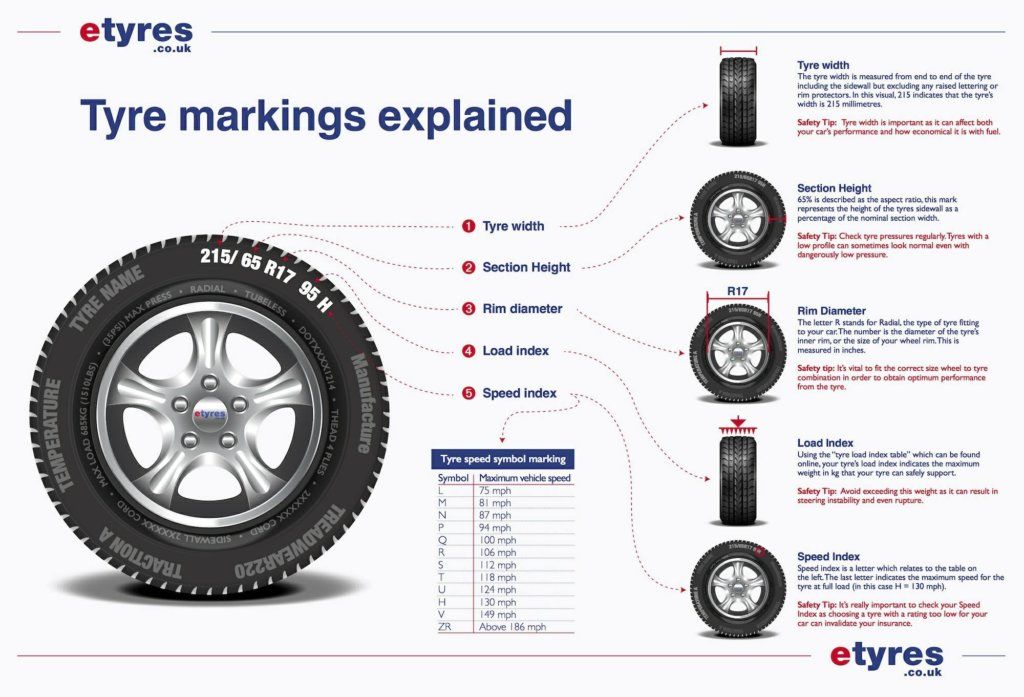 The long answer, just like with repairs, is that you could continue driving if the abrasions are not deep, but I'd still advise against it because the chipped rubber can get worse over time.
The long answer, just like with repairs, is that you could continue driving if the abrasions are not deep, but I'd still advise against it because the chipped rubber can get worse over time.
Meanwhile, if you see bigger cracks, bulges, or cuts, you should immediately stop driving and replace the damaged tire. When not sure, you can ask your tire professional to give you advice upon inspection.
Taking care of your tires, just like you would with your car, will make them last longer and significantly reduce the chances of you getting sidewall damage. Proper tire maintenance is not only key to safety, but it will also save you money in the long run.
So, check your tire pressure at least once every month, or more often if there is a sudden change in temperature outside, and ensure it's always at the manufacturer's recommended value.
Furthermore, make sure your eyes stay glued to the road and avoid hitting potholes and objects while driving.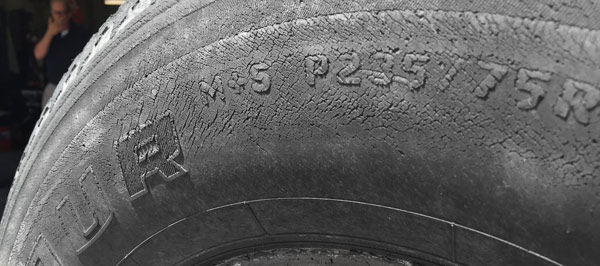 This will not only help you keep your tires healthy but will also result in a safer drive – attention is key when driving! Also, avoid driving over curbs, and when you need to do that, always drive slowly. Lastly, inspect your tires regularly for signs of wear and damage.
This will not only help you keep your tires healthy but will also result in a safer drive – attention is key when driving! Also, avoid driving over curbs, and when you need to do that, always drive slowly. Lastly, inspect your tires regularly for signs of wear and damage.
By taking these steps, you can help ensure that your tires stay in good condition and keep you safe on the road for miles to come.
Although it's a serious safety issue that often leads to blowouts and life-threatening accidents, tire sidewall damage is still not taken seriously by drivers.
I still see too many cars with tires that are unsafe to drive, and it makes me sad because it shows that we don't put enough value on human life. Sure, buying a new tire is expensive, but it's nothing when compared to purchasing a new iPhone, which most people do every two years.
I won't go into a long rant here, but I will still ask you to take safety into consideration every time you hit the road – not only for our safety but also for younger generations!
Tires are made up of durable, synthetic natural rubber materials, and rigid belt and body plies, which make them durable. This ultimately results in them being able to take upon the stress of load and heat brought by friction.
This ultimately results in them being able to take upon the stress of load and heat brought by friction.
But as with any vehicle components, tires are not immune to damage. And there are damages that are beyond repair. One such damage is within the tire sidewall in a form of bulge, cuts or chipped off rubber. So it begs the question, “how much sidewall tire damage is too much?”
To determine how much sidewall tire damage is too much you need to check the threads in the area of damage. If you can see the threads or the radial cords, it’s time to replace the tire. These threads are located 0.125 to 0.188 of an inch beneath the surface of the sidewall.
What is a Damaged Sidewall?Any relevant issues or deficiencies you encounter within the sidewall of your car tires, may it be on the inner or outer side of the wall can be considered as sidewall damage. This is a very serious concern and can lead to a complete tire failure. Having said that, tire replacement is the most sound decision you could ever take to address this issue.
Tire sidewalls can get damaged frequently, as any irregularities found within the walls of the tires would be looked at as damage. This can be categorized as anything from minor cuts and abrasions, bulging or bubbles, to more severe cases of missing huge chunks of rubber.
Missing huge chunks of rubberThese are portions within the sidewall of the tire that has been chipped off from the tire. Also, it is most likely that the inner cords that hold the structure of the tire are already exposed.
Deep and big abrasionsAbrasions caused by hitting a curb or running on a deep pothole will vary their size depending on the impact. These can range from a slash-like appearance or rough scapes to some extent. However, regardless of the size, these abrasions should not be left unnoticed.
These can range from a slash-like appearance or rough scapes to some extent. However, regardless of the size, these abrasions should not be left unnoticed.
A sidewall bubble is a bulge protruding on the side of the tire caused by high-impact damage such as hitting a pothole, running into a curb, or driving too fast over speed bumps. Like any other sidewall tire damage mentioned, you shouldn’t ignore it since it can also cause a blowout.
Causes of Sidewall Tire DamageSidewall tire damage can be obtained by one or more factors brought by the driver’s negligence to the quality of the tires. These factors are not limited to the tire age, factory defects and poor quality checks, overloading, under-inflation, and tire wear.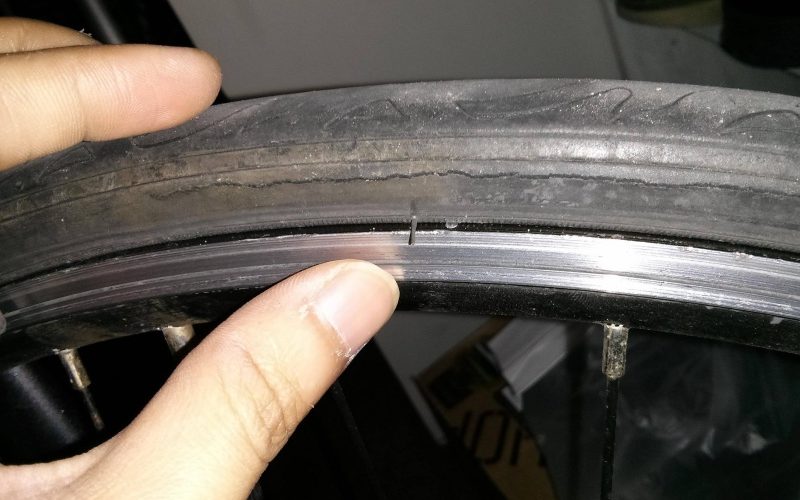
Tires are built to withstand rough road conditions and certain load limits. However, their elasticity, strength, and durability don’t last forever. The majority of tire manufacturers declare an 8 to 10 years lifespan from the manufacture date.
After such, the rubber components will become brittle and dry, the inner plies that hold them together weaken, and eventually, their parts will start to fall apart.
Under InflationWhatever the type you’re using, or regardless of your frequency using it, tires deflate by themselves even in normal conditions. That is why a regular air pressure check is essential for your safety and tires’ longevity.
The case of under-inflation can be attributed to the driver’s negligence to regularly check air pressure. Under-inflated tires result in tire tread and sidewall flexing more due to not having enough air pressure to carry the vehicle load. This puts too much stress on the sidewall that eventually leads to breakage and damage.
There will be cases more prevalent on lower quality tires wherein they skimp on important tests before rolling off the factory. One of the classic examples is regarding the speed rating. Skipping the process of thorough checking for the proper speed rating, these poorly rated tires have the tendency to overheat and affect the sidewall integrity during sustained high speeds.
OverloadingOverloading your vehicle beyond its prescribed limit puts too much stress on your suspension system and ultimately on your tires. Too much weight causes them to flatten, or even explode as air pressure builds up on the sidewall plus the heat generated by friction while moving. Not to mention, overloading is also one of the culprits of compromised handling as this prompts the vehicle to wobble or wiggle from side to side of the road.
Tire wearTires that have significant wear on them are more likely to overheat faster than normal, and this overheating can result in a blowout. Additionally, the worst thing that could happen is when the reinforcement that maintains the shape of the tires was already showing up at the sidewall, and accidental hitting to the curb will definitely end up with a damaged tire sidewall.
Additionally, the worst thing that could happen is when the reinforcement that maintains the shape of the tires was already showing up at the sidewall, and accidental hitting to the curb will definitely end up with a damaged tire sidewall.
If you notice that your tire has any sign of sidewall damage, you should have it replaced right away! Throw in that spare tire sitting on your trunk and proceed to the nearest tire shop to purchase a new one. You might want to consider calling for roadside assistance if you have concerns with your spare.
You may argue, “It still seems sturdy enough, why need to be in a hurry?”. Just because you can still drive with it doesn’t mean you should. Remember, safety is a priority the moment you turn on the ignition. Sidewall tire damage could cause a blowout at any second and can put you and everyone on the road in a dangerous situation.
Can a Tire with Sidewall Damage be Repaired?Whether the damage is just a shallow scrape, a bulge, or a chipped-off part of the sidewall, you should not attempt to repair sidewall damage as these are beyond repair. Also, don’t ever think of bringing them to any tire technician as there is an unwritten rule in the industry not to repair, patch, or plug any damage that occurred within the tire sidewall.
Also, don’t ever think of bringing them to any tire technician as there is an unwritten rule in the industry not to repair, patch, or plug any damage that occurred within the tire sidewall.
You can reduce the likelihood of having your tire’s sidewall end up with damage by following the basic instructions. These include regular checking of air pressure at least once a month, avoiding road hazards, only driving with recommended load limit and speed rating, and lastly, having them checked by tire experts should you feel something is not right with your tires.
Check air pressure regularlyYou should have them check at least once a month or if you see any visual cues that they may be deflated. Additionally, you should conduct a cold tire pressure reading since the air pressure varies with temperature changes.
Additionally, you should conduct a cold tire pressure reading since the air pressure varies with temperature changes.
A good practice is to always have a tire pressure gauge paired with a portable inflator that can be powered by your vehicle’s power outlet. These tools don’t take up too much space and can even be stored along with your basic repair tool kit.
Match the vehicle load and speed ratings to the vehicle’s recommendationsIt is essential that you also know the basics of tire information reading. The code embossed on your tires does not only mention the size itself, it also indicates the speed rating recommendation. Additionally, the tire information sticker on your vehicle door frame clearly states the load limit with the recommended tire air pressure in psi.
Avoid road hazardsIt is best to plan your route ahead of time. Steer away from areas with ongoing road rehabilitation or repair since these are home to a lot of construction debris such as nails and other pointed metals, as well as sharp stones that may cause abrasions in the sidewall of your tires.
Also, take a look ahead for potholes, and be careful when maneuvering near a curb not to draw too close or you’ll scratch your tire’s sidewall.
Have your tires checked by expertsTire technicians and experts have a wide experience dealing with such concerns over the course of their expertise. They may also look for other concerns on your tires that you may miss on inspecting.
Final thoughtsSidewall tire damage should not be treated the same way we fix punctures within the tread via patch and plugs. If you see that the sidewall damage already exposes the threads or cords of your tire, it is time to replace them at all costs.
KrasnodarArmavirGelendzhikTuapseSochiNovorossiyskBelorechenskMaikopRostov-on-DonSimferopolStavropolAstrakhanst. Kanevskaya station Vyselkist Dinskaya Volgograd Voronezh
TSC No. 13 pos. Verkhnebakansky, st. Bakanskaya, 8A
+7 (928) 331-07-76
Around the clock
TSC No.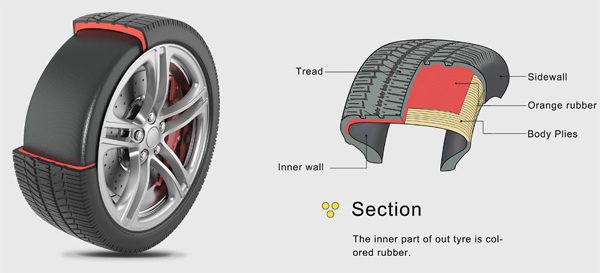 29, Volgograd, 30th Anniversary of Victory Blvd., 9
29, Volgograd, 30th Anniversary of Victory Blvd., 9
+7 (937) 088-44-27
Mon-Fri from 09.00 to 20.00, Sat from 9.00 to 19.00, Sun from 10.00 to 18.00
TSC No. 28, Rostov-on-Don, Mikhail Nagibin Avenue, 7B
+ 7 (988) 997-61-11
Mon-Fri from 09.00 to 20.00, Sat from 9.00 to 19.00, Sun from 10.00 to 18.00
TSC No. 18, Krasnodar, Berezovy village, Karl Gusnik st., 17
+ 7 (938) 538-53-11
Mon-Fri 9:00 - 20:00; Sat 9:00 - 19:00; Sun 10:00 - 18:00
TSC No. 27, Sochi, Batumi Highway 94/20
+7 (928) 272-72-55
Mon-Fri from 09.00 to 20.00, Sat from 9.00 to 19.00, Sun from 10.00 to 18.00
TSC-26 Voronezh, st. Volgogradskaya 30
+7 (930) 406-78-84
Mon-Fri from 9. 00 to 18.00
00 to 18.00
TSC No. 25, Volgograd, Bureyskaya st., 8
8 (937) 088-42-78
Mon-Fri from 9.00 to 18.00
TSC No. 22, Stavropol, ave. Kulakova, 18
+7 (938) 517-77-03
Mon-Fri from 9.00 to 18.00
TSC №21 Armavir, Efremova 319
+7 (918) 322-76-38
Mon-Fri from 09.00 to 20.00, Sat from 9.00 to 19.00, Sun from 10.00 to 18.00
TSC No. 19, Krasnodar, st. Selezneva 197/5
+7 (989) 169-34-16
Mon-Fri 9:00 - 20:00; Sat 9:00 - 19:00; Sun 10:00 - 18:00
TSC No. 17 Astrakhan, 1st passage Rozhdestvensky 11a
+7 (988) 172-66-88
Mon-Fri from 9.00 to 18.00 Sat-Sun day off
TSC No. 16, Rostov-on-Don, st.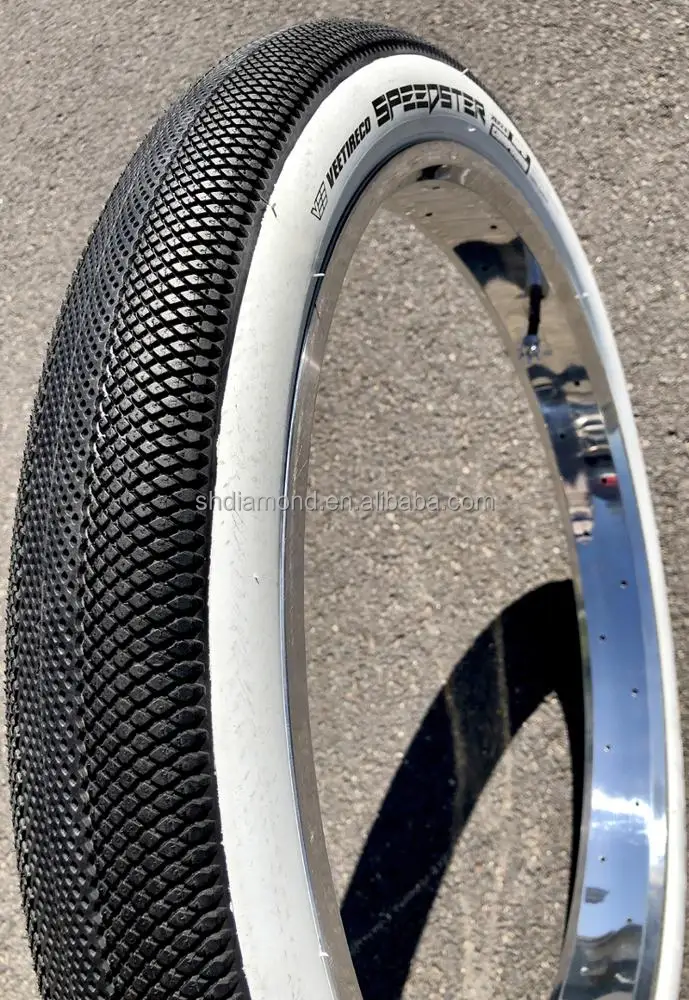 Dovatora, 154/5
Dovatora, 154/5
+7 (989) 527-11-86
Mon-Fri from 9.00 to 18.00 Sat-Sun day off
TSC No. 15 st. Vyselki st. Luneva, 29a
+7 (918) 199-67-89
Mon-Fri from 9.00 to 18.00, Sat from 10.00 to 15.00, Sun from 10.00 to 15.00
TSC No. 14 Crimea, Simferopol, 11 km. Moscow highway
+7 (938) 517-77-82
Mon-Fri from 9.00 to 18.00 Sat, from 10.00 to 15.00, Sun closed
TSC No. 12, Gelendzhik, st. Lunacharskogo, 310A
+7 (918) 027-88-99
Mon-Fri from 09.00 to 20.00, Sat from 9.00 to 19.00, Sun from 10.00 to 18.00
TSC No. 11 st. Kanevskaya, st. Sverdlikova, 277d
+7 (988) 312-97-70
Mon-Fri from 09.00 to 20.00, Sat from 9.00 to 19.00, Sun from 10. 00 to 18.00
00 to 18.00
TSC No. 10, Krasnodar, st. Russian, 339
+7 (989) 298-90-17
Mon-Fri 9:00 - 20:00; Sat 9:00 - 19:00; Sun 10:00 - 18:00
TSC No. 9, Tuapse, p. Kroyanskoe, st. Solnechnaya, 1B
+7 (918) 060-47-17
Mon-Fri 9:00 - 20:00; Sat 9:00 - 19:00; Sun 10:00 - 18:00
TSC No. 8, Krasnodar, st. Stavropolskaya, 214/5
+7 (918) 060-47-08
Mon-Fri 9:00 - 20:00; Sat 9:00 - 19:00; Sun 10:00 - 18:00
TSC No. 7, Krasnodar, st. Dinskaya, Federal highway M4 1308 km, 3
+7 (918) 060-47-07
Around the clock
TSC No. 6, Belorechensk, st. May Day, 122
+7 (988) 369-96-37
Mon-Fri from 09.00 to 20.00, Sat from 9.00 to 19.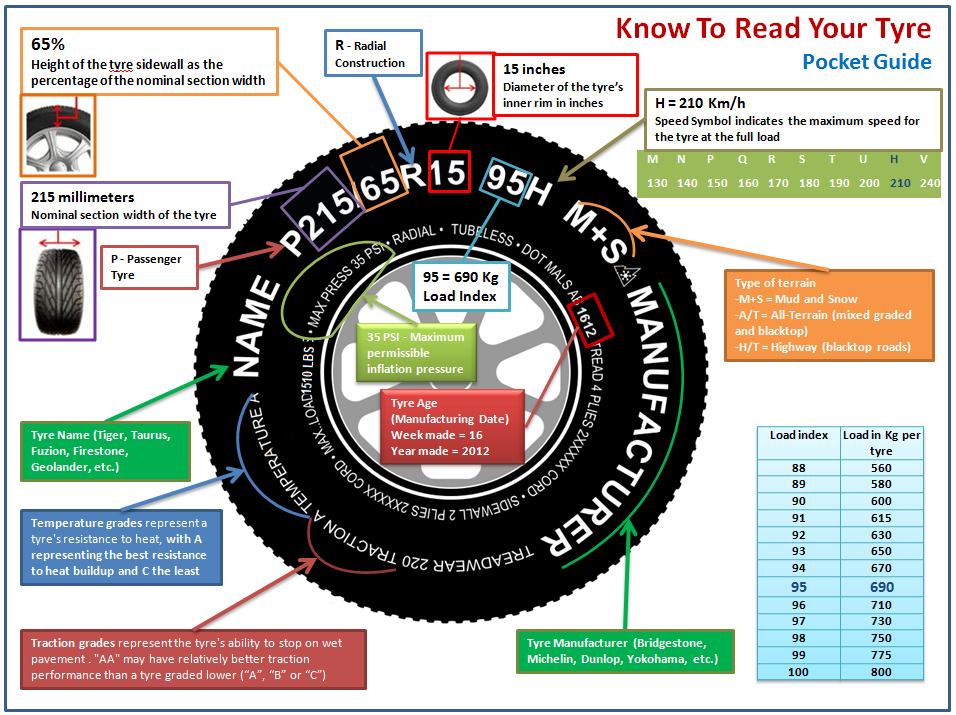 00, Sun from 10.00 to 18.00
00, Sun from 10.00 to 18.00
TSC No. 5 Maykop, st. Hakurate, 555
+7 (918) 060-47-05
Mon-Fri 9:00 - 20:00; Sat 9:00 - 19:00; Sun 10:00 - 18:00
TSC No. 4, Krasnodar, Turgenevskoe shosse, 6
+7 (918) 060-47-13
Mon-Fri 9:00 - 20:00; Sat 9:00 - 19:00; Sun 10:00 - 18:00
TSC No. 3 Krasnodar, Babushkina street, 233
+ 7 (918) 060-47-03
Mon-Fri 9:00 - 20:00; Sat 9:00 - 19:00; Sun 10:00 - 18:00
TSC No. 2, Krasnodar, st. Dzerzhinsky 98/7
+7 (918) 060-47-02
Mon-Fri 9:00 - 20:00; Sat 9:00 - 19:00; Sun 10:00 - 18:00
TSC No. 20, Krasnodar, Sormovskaya st., 75
+7 (989) 839-98-20
Mon-Fri 9:00 - 20:00; Sat 9:00 - 19:00; Sun 10:00 - 18:00
Repairing a tire side cut by applying a patch or welding the cut yourself will not lead to anything good. Poor repairs will put you at unnecessary risk to your life instead of saving you money.
A side cut on a tire is a very common problem, and many car owners solve this problem by simply replacing the cut tire with a new one. Of course, this way of solving the problem is ideal if you have extra money, since new tires are not cheap. The desire to save money, that is, to seal a side cut on a tire with your own hands, is an extreme on the other hand, since it is impossible to repair a side cut at a high level at home in the absence of high-quality equipment and materials.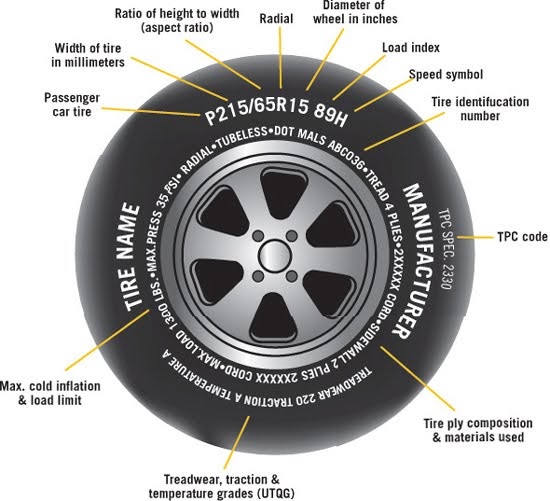
If you are wondering if you can seal up a side cut, then the answer is - of course, yes. Only an experienced master in a tire shop can make such repairs well. And for those who are looking on the Internet for how to seal a side cut of a tire on their own and whether it is possible to seal a side cut on a tire with their own hands, and buys special tire change kits for such repairs, we want to say: “There is no need to take such risks!”. If the repair of the cut is done poorly, then at the most unexpected moment you may burst the tire. Imagine what would happen if you were driving at high speed in heavy traffic! Therefore, it is better to entrust this matter to professionals.
Tire fitters use hot and cold vulcanizing tires to repair side cuts. Hot vulcanization refers to the following process:
The cut site is cleaned of dirt and degreased;
Raw rubber is taken (a special rubber compound with a plastic structure) and the cut itself is filled with it;
· A place filled with raw rubber is heated to very high temperatures, while the rubber melts and is bonded to the tire.